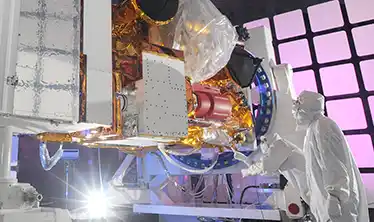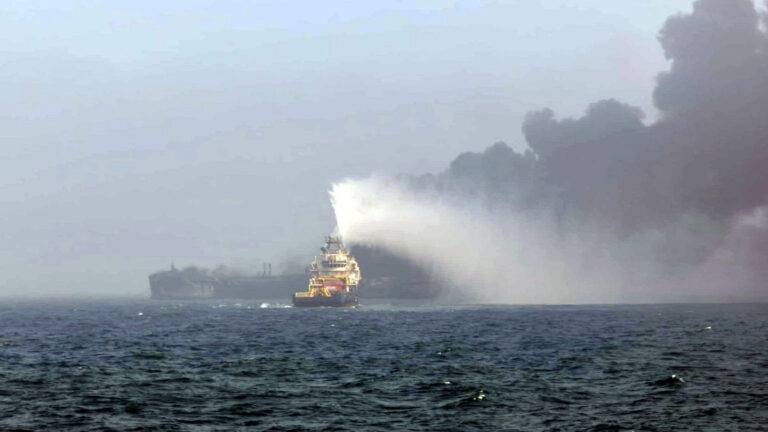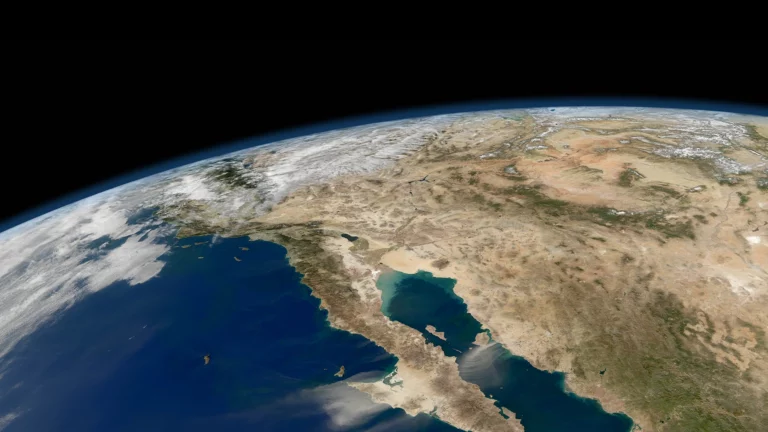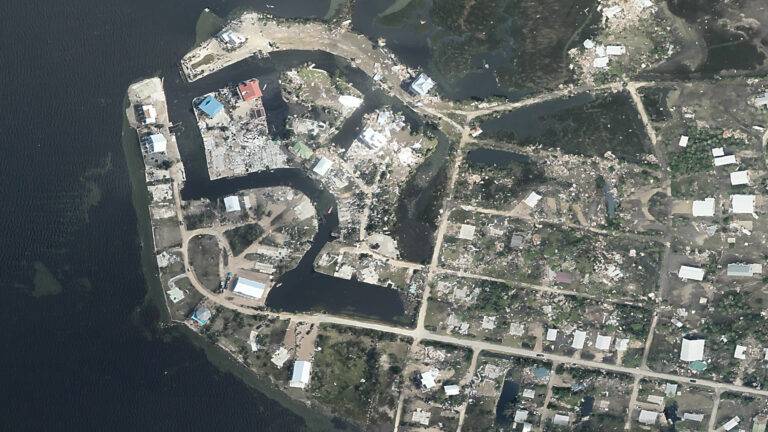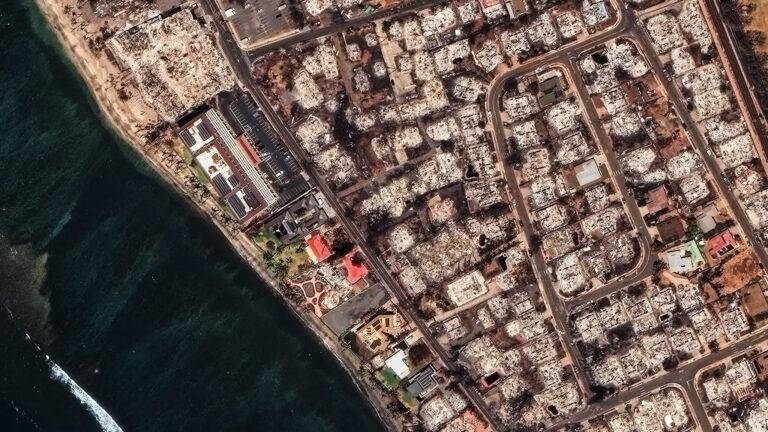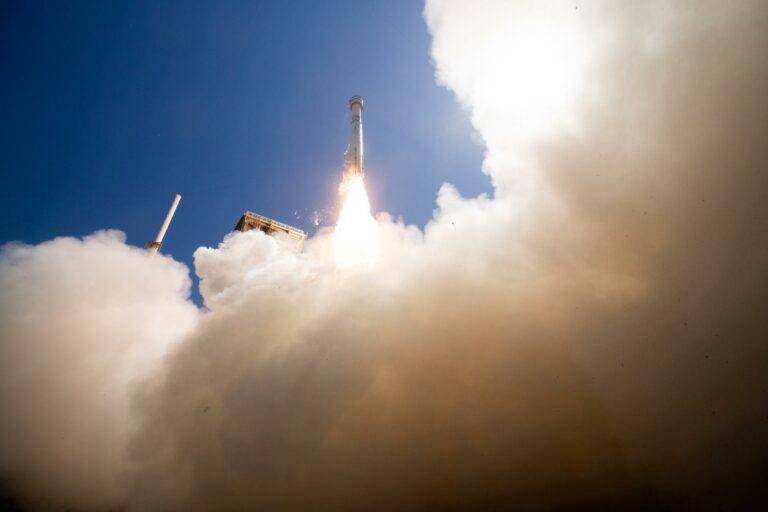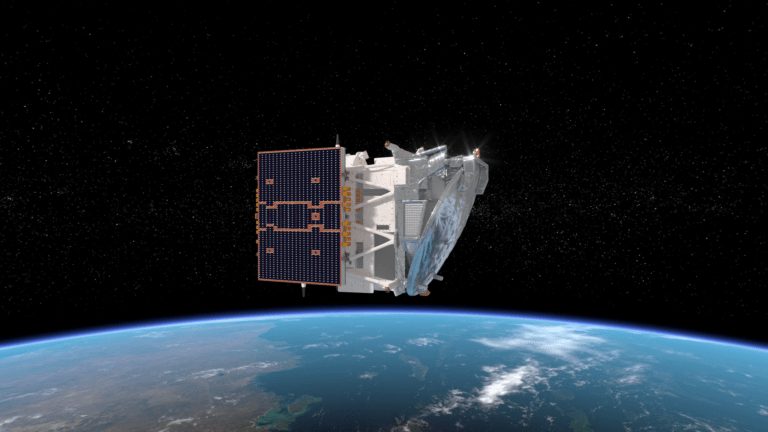The Sentinel series of satellites are part of the European’s Commissions Copernicus program, which is tasked with providing the public and private sector with Earth Observation (EO) sensor data and imagery for a range of different application areas. Concerning the usage of these satellites in the domain of illegal dumping, the most relevant Sentinel satellites are ‘Sentinel-1’ and ‘Sentinel-2’.
Sentinel-1
The Sentinel-1 series consists of two satellites known as Sentinel-1A and Sentinel-1B. They provide an all-weather, day-and-night synthetic aperture radar (SAR) imaging capability for land and ocean applications.
The major benefit is that they use Synthetic Aperture Radar, which can see through cloud cover. Each Sentinel-1 satellite is in a near-polar, sun-synchronous orbit, with a 12-day repeat cycle and 175 orbits per cycle. Both Sentinel-1A and Sentinel-1B share the same orbit plane with a 180° orbital phasing difference. Because they are sharing the same orbit, it reduces the repeat cycle by half. Therefore, the two-satellite constellation offers a 6-day exact repeat cycle.
Sentinel-1’s SAR instrument can provide a resolution of 3m-10m.
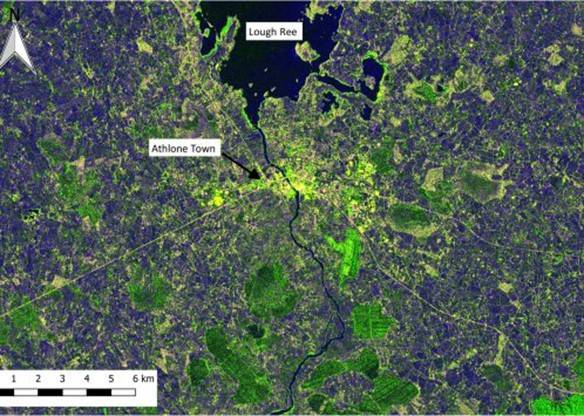
Sentinel-2
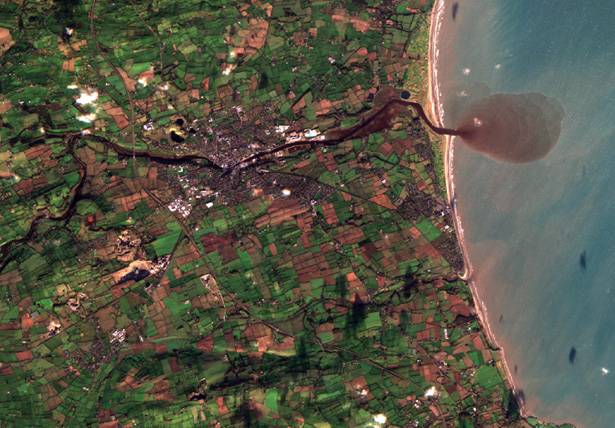
Sentinel-1 satellites provide medium resolution optical image data to support Copernicus Land Monitoring services, including monitoring vegetation, soil and water cover, and observation of inland waterways and coastal areas. The Sentinel-2 series also consists of two satellites known as Sentinel-2A and Sentinel-2B. They have a revisit time of 5 days and provide images up to 10m resolution.
Automated Usage and Detection for Illegal Dumping
Sentinel satellites provide support to land monitoring services and ensure frequent and systematic coverage to support the mapping of land cover, classification and change maps, and accurate assessment of geophysical parameters.
With land change maps, it is easy to identify developments in the land, such as building new structures and deforestation. By observing time series patterns in a sequence of images, it is possible to detect these changes. EO data can be used to detect illegal dumping by using change maps in conjunction with geospatial algorithms to detect waste. Changes can be detected based on the lack of growth of vegetation within a particular area relative to other areas and detection of other land changes at each overpass.
The example shows the typical time-series image that can be produced from Sentinel-1 SAR data. Different colours show changes that occurred within the coverage period that is being analysed. Automated algorithms can analyse the detected sub-images that make up this composite image and alert areas of unusual land usage patterns, i.e. lack of vegetation growth etc., relative to surrounding areas. These areas can be highlighted to an operator for further investigation by acquiring higher resolution imagery over specific/smaller areas, as well as a site.
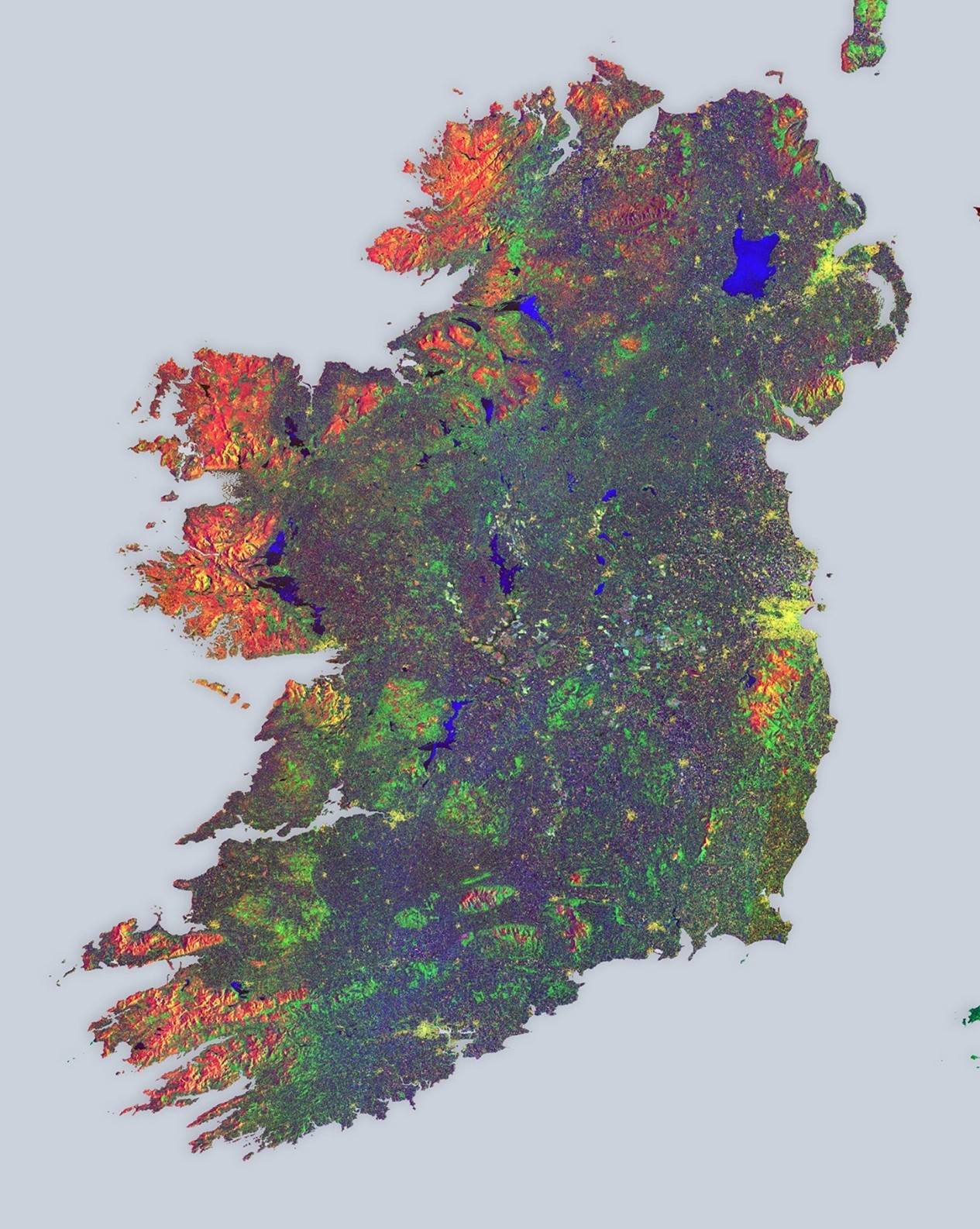
Skytek within an ESA funded ANISTIAMO project developed algorithms for the analysis and automated extraction of information of Earth Observation images. Within ANISTIAMO these algorithms were applied to images of the ocean for the detection of vessels through their engine wakes. These algorithms have been modified for the detection of land usage and analysis of time series data which are applicable for the detection of illegal dumping.

